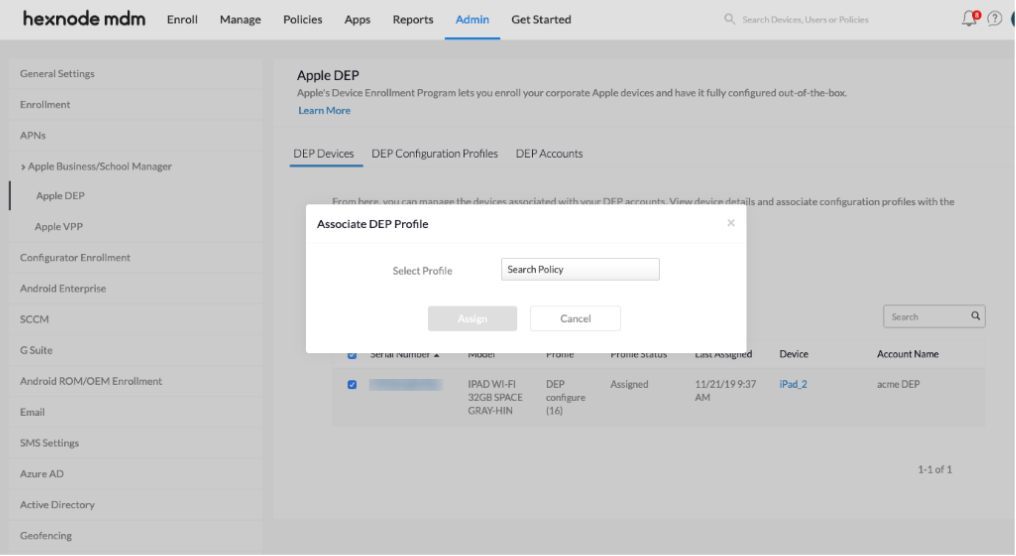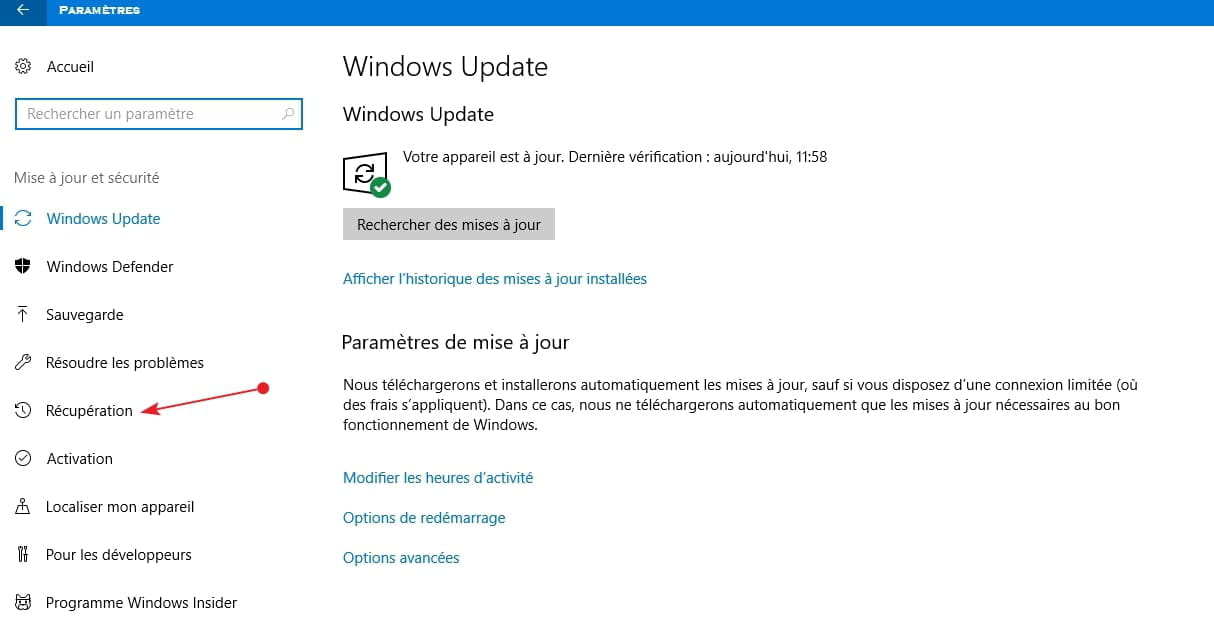

In recent years that appeared to improve somewhat with their push to unify system images across devices, but it certainly was a challenge in the Device Admin days.īack to APIs, the same goes for system applications, too. One downside specifically of Samsung has been how they historically deployed their APIs the more expensive devices tended to get the newest versions of Knox, while the mid-market and budget had to endure older versions, occasionally causing confusion ( if they’re all 2017 models, why don’t they all have the same management capabilities?) and often meaning the newest EMM functionality wouldn’t work with the cheaper devices as well (if at all) and causing a lack of consistency across their own lineup (nevermind the ecosystem generally). Other manufacturers have added APIs to try and compete, including LG, Sony, Huawei, but in comparison to offerings like Knox and the MX platform, there’s really no comparison.
#Oem application profile what is it android
Today Samsung and Zebra are some of the strongest Android device manufacturers for enterprise due to their early efforts (with thousands of bespoke APIs) and not only that, they’re the most-supported Android manufacturers for EMM solutions. While other manufacturers tested the waters, offering some API functionality here and there, the likes of Samsung and Zebra saw the gap in the market and devoted resources to making a splash. That wasn’t the end of the world however because Android is open source, manufacturers can build upon it and tweak it as much as they see fit.

The difference is while iOS, Windows, QNX (BlackBerry) and others include these APIs with their respective operating systems and system applications, for many years Android did not, or offered comparably very few following the introduction of Device Administrator APIs in Android 2.2 – certainly not enough to consider manageable by any stretch. This is important to know and applies to all modern operating systems, it’s not limited to Android alone. Things like disabling the camera, Bluetooth or preventing access to system settings are all individually exposed via a multitude of APIs.

HistoryĮMM (Enterprise Mobility Management) platforms rely on APIs to communicate with and control managed devices. Up until around the end of 2016, not really. It makes sense really, although there are many flagships competing directly with Apple, there are even more directly targeting the mid-to-low end of the market at very attractive prices – perfect for mobility on a budget, right? While iOS has typically (though not exclusively) been reserved for C-levels and senior management, employees lower down the corporate ladder are often provided more budget-friendly Android handsets. Due to the diversity of the platform and flexibility of form factor, application and budget, Android is making a huge impact on how employees undertake their daily responsibilities. Android adoption has increased rapidly over the last few years, becoming the go-to OS for many organisations the world over.


 0 kommentar(er)
0 kommentar(er)
